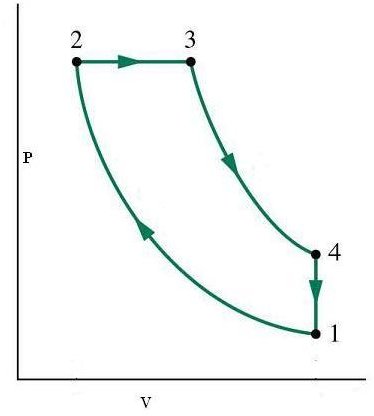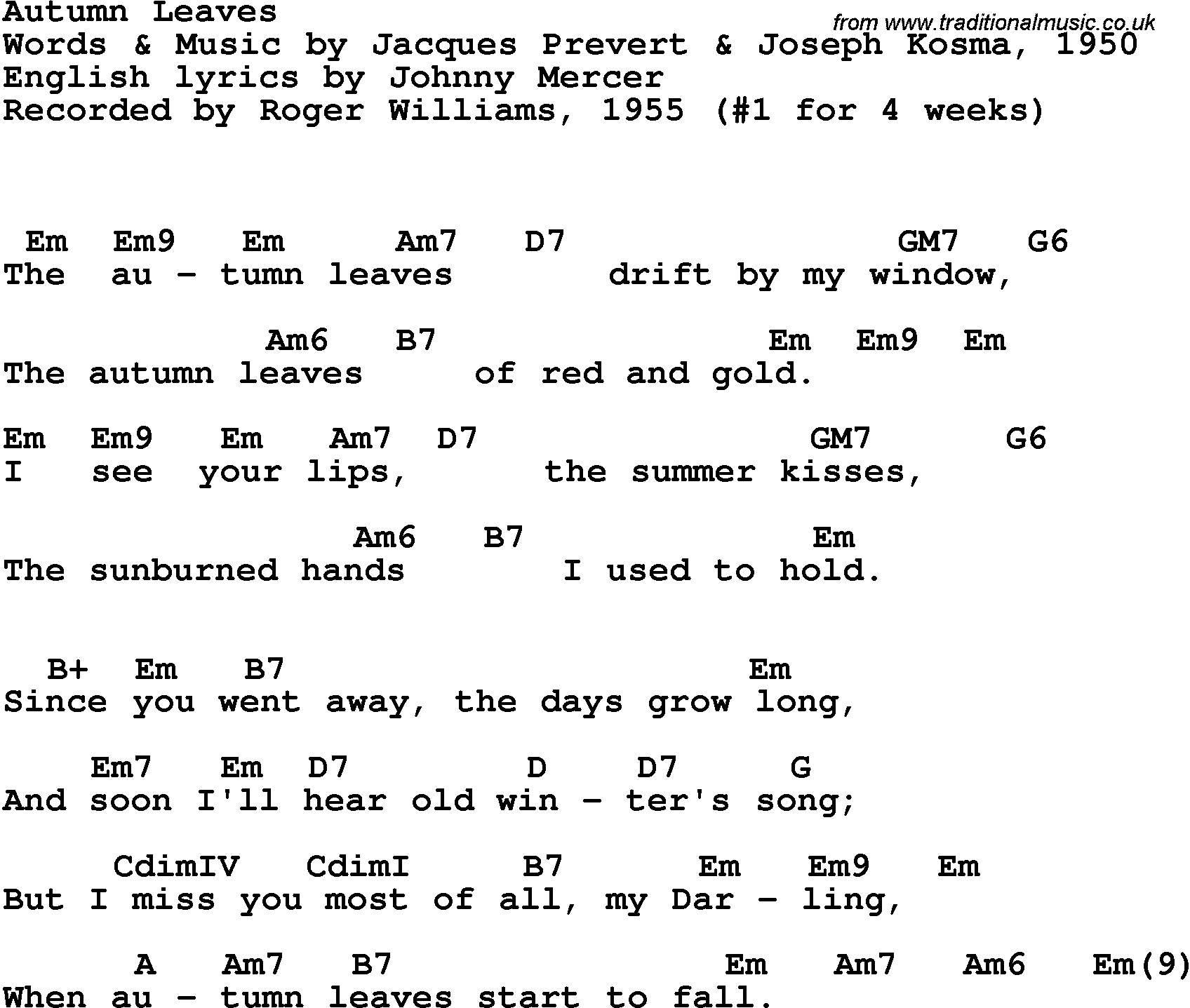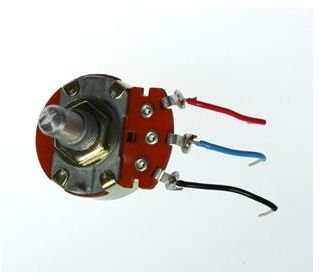Principles of power electronics
Data: 3.09.2018 / Rating: 4.7 / Views: 616Gallery of Video:
Gallery of Images:
Principles of power electronics
Power Electronics Basics: Operating Principles, Design, Formulas, and Applications supplies graduate students, industry professionals, researchers, and academics with a solid understanding of the underlying theory, while offering an overview of the latest achievements and development prospects in the power electronics industry. Name: RAJU GOUD KESARI CookMyProject Student ID: 1. Executive summary: Organization change is an important aspect of any form of enterprise, therefore, it should The Electrical series present the basic theories and concepts taught at entry level electronics courses at both 2 year and 4 year institutions. This series of content provides examples to professors to enable them to easily teach concepts to students, who can develop a solid. Principles of Electric Machines and Power Electronics, Third Edition combines the traditional areas of electric machinery with the latest in modern control and power systems, brushless motors, and switched reluctance motors are covered, as well as constant flux and constant current operation of induction motors. Fundamentals of Power Electronics, Second Edition, is an uptodate and authoritative text and reference book on power electronics. This new edition retains the original objective and philosophy of focusing on the fundamental principles, models, and technical requirements needed for designing. This textbook offers broad coverage of the subject of power electronics. Each topic is developed in sufficient depth to expose the fundamental principles, concepts, techniques, methods, and circuits necessary to understand power electronic systems. Power Electronics Basics: Operating Principles, Design, Formulas, and Applications supplies graduate students, industry professionals, researchers, and academics with a solid understanding of the underlying theory, while offering an overview of the latest achievements and development prospects in the power electronics industry. The homeworks refer to reading assignments and select problems from the course textbook: Kassakian, John G. Principles of Power Electronics. This note serves only as an introduction to both electrical machines and power electronics. It focuses on the most common devices and systems that an electrical engineer will encounter: AC machines, transformers, rectifiers and inverters, as well as Electrical Drives and Uninterruptible Power Supplies. Open Library is an initiative of the Internet Archive, a 501(c)(3) nonprofit, building a digital library of Internet sites and other cultural artifacts in digital form. Other projects include the Wayback Machine, archive. org Power electronics is the technology associated with the efficient conversion, control and conditioning of electric power by static means from its available input form into the desired electrical output form. This course presents fundamental principles and design techniques of power electronics. Topics include 1) circuit elements: semiconductor devices, components, and filters; 2) circuit topology: canonical switching cells of power converters, inverters, rectifiers, dcdc converters and acdc converters; 3) system modeling and control: small signal modeling, feedback control and system. Rent and save from the world's largest eBookstore. Read, highlight, and take notes, across web, tablet, and phone. Winkler, Basics of Workshop, p. 6 The bus rows, usually 2 on each side, are reserved for positive power and ground. Principles of Power Electronics has 17 ratings and 2 reviews. This textbook offers coverage of the subject of power electronics. The Role of Power Electronics in Future 42 V Automotive Electrical Systems November 2003 Epe Journal In the future cars will have a 42 V electrical system and operate in the idlestop mode. Power Electronics Specialization Expand your Engineering Excellence. Create modern power electronics systems for our devices, transportation and infrastructure. course introduces the basic concepts of switchedmode converter circuits for controlling and converting electrical power with high efficiency. Principles of converter circuit. Principles of Electric Machines and Power Electronics, Third Edition combines the traditional areas of electric machinery with the latest in modern control and power electronics. Multimachine systems, brushless motors, and switched reluctance motors are covered, as well as constant flux and constant current operation of induction motors. Principles of Electric Machines and Power Electronics PC Sen 2 edition Ebook download as PDF File (. Second edition in english this book. Segunda edio do livro de mquinas eltricas do PC Sen. the basic concepts and principles of electronics. In this lesson we will be covering metric notation, electronics theory, some common electronics laws, and some basic electronic circuits. We can define power electronics as a subject which is a hybrid of power engineering, analogue electronics, semiconductor devices and control systems. We derive the fundamentals of each subject and apply it in an amalgamated way so as to get a regulated form of electrical energy. Download Principles of Electric Machines and Power Electronics By P. Sen This text combines the traditional areas of electric machinery with the latest in modern control and power electronics. A large number of topics have been added and revised to include state of the art coverage. Power electronics is the application of solidstate electronics to the control and conversion of electric power. The first high power electronic devices were mercuryarc valves. In modern systems the conversion is performed with semiconductor switching devices such as diodes. Principles of Power Electronics has 18 ratings and 1 review: Published July 28th 1993 by AddisonWesley, 0 pages, Paperback. Principles of Power Electronics has 18 ratings and 1 review: Published July 28th 1993 by AddisonWesley, 0 pages, Paperback. Trivia About Principles of Pow This textbook offers broad coverage of the subject of power electronics. Each topic is developed in sufficient depth to expose the fundamental principles, concepts, techniques, methods, and circuits necessary to understand power electronic systems. Topology and operating principles of the four types of power electronics converters are described with one section devoted to each. A very simple description of power electronic converter control is pre Principles Of Electrical Machines And Power Electronics P C Sen Principles Of Electrical Machines And Power Electronics P C Sen. Scanner Internet Archive HTML5 Uploader. Reviews There are no reviews yet. Be the first one to write a review. Note: Citations are based on reference standards. However, formatting rules can vary widely between applications and fields of interest or study. The specific requirements or preferences of your reviewing publisher, classroom teacher, institution or organization should be applied. Principles Third Edition Christopher R Robertson Fundamental Electrical and Electronic Principles contains 349 illustrations, 112 worked examples, 26 suggested practical assignments and 234 assignment questions. The answers to the latter are to be found Chapter 3 Power Factor and Measures of Distortion Read Chapter 3 of Principles of Power Electronics (KSV) by J. This textbook offers coverage of the subject of power electronics. synopsis may belong to another edition of this title. Note: Citations are based on reference standards. However, formatting rules can vary widely between applications and fields of interest or study. The specific requirements or preferences of your reviewing publisher, classroom teacher, institution or organization should be applied. Basic Principles of Power Electronics. Download with Google Download with Facebook or download with email. Basic Principles of Power Electronics. Basic Principles of Power Electronics. Germany first formulated the main principles and trends of power electronics. In the first half of the 20 th century, electronic equipment was mainly based on vacuum tubes, such as gasdischarge valves, thyratrons, mercury arc rectifiers, and ignitrons. Power electronics is the technology associated with the efficient conversion, control and conditioning of electric power by static means from its available input form into the desired electrical output form. Downlad Principles of Electrical Machines and Power Electronics 2nd edition P. Downlad Principles of Electrical Machines and Power Electronics 2nd edition P. Power electronics became an identifiably separate area of electrical engineering with the invention of the thyristor about 30 years ago. The growing demand for controllability and conversion of electric energy has made this area increasingly important, which in turn has resulted in. Power electronics became an identifiably separate area of electrical engineering with the invention of the thyristor about 30 years ago. The growing demand for controllability and conversion of electric energy has made this area increasingly important, which in turn has resulted in. Principles of Electric Machines and Power Electronics, Third Edition combines the traditional areas of electric machinery with the latest in modern control and power electronics. Multimachine The course is oriented to the study of power electronics devices, the analysis and design of power electronics circuits, and the description of the main industrial applications. The objectives include: 1) to know the principles of power electronics. Tags electronics, power, principles Post navigation. Previous Post Previous Students are required to complete. READY WITH YOUR ORDER INSTRUCTIONS? CLICK HERE TO ORDER 100 ORIGINAL PAPERS FROM Recent Orders. Tags electronics, power, principles Post navigation. Previous Post Previous Discuss how your MNC handles transfer pricing. Next Post Next Perceptions Paper Assignment. This textbook offers broad coverage of the subject of power electronics. Each topic is developed in sufficient depth to expose the fundamental principles, concepts, techniques, methods, and circuits necessary to understand power electronic systems. Principles of converter circuit analysis are introduced, and are developed for finding the steady state voltages, current, and efficiency of power converters. Assignments include simulation of a dcdc converter, analysis of an inverting dcdc converter, and modeling and efficiency analysis of an electric vehicle system and of a USB power regulator. principles of power electronics The control principles used in power electronics are examined using actual equipment. The basic principle of power electronics, the almost lossfree control of power by periodic switching processes is the keynote and forms the central theme for all exercises. Fundamentals of Power Electronics Principles of Electrical Machines and Power Electronics Solution Manual p. sen 0Pulse Width Modulation for Power Converters [Ron Lenk Practical Design of Power Supplies AbeBooks. com: Principles of Power Electronics ( ) by John G. Verghese and a great selection of similar New, Used and Collectible Books available now at great prices.
Related Images:
- Avatar the legend of korra book 3
- Fre 3 camp fred
- Our World Starter Classroom Presentation Tool DVD
- Arg vs ned
- Bron 720 s01
- The unit soundtrack
- Crack No Cd Football Manager
- The most interesting man
- Dagelijkse Kost Mijn 200 Klassiekers
- The deadliest catch season 10 episode 13
- Seattle superstorm 2018
- Hollywood or Bust 1956
- Anchorman 2 the legend continues
- Naruto the movie eng sub
- Son of the mask 720p
- The Murders At Hanging Rock
- The Summer House
- Ssc cgl 2017 gk study material
- Dvdrip 2018 english
- Calvin harris motion itunes
- Pink floyd 192
- The Lion King Broadway
- My Angel
- Fast video convert
- San andreas music
- The fifth estate sub eng
- Xilisoft video editor keygen
- Los padrinos magicos
- Mirror horror movies
- The first 48 s13
- Son of music
- Night Call 2018
- Soo baek hyang
- Teach Yourself Maori
- Rampage 2 1080p
- Los fabulosos cadillac leon
- David bisbal 320
- Pdf versions of textbooks
- Ik Ook van Jou
- Deutschland spielt update jan
- Mark Twain Media Inc Publishers Answers Mexico
- El Crazy Che
- Questce quon a fait au Bon Dieu
- Everyday People
- One piece 613
- Karaoke french
- Teen wolf season 2 episode 8
- Blood lad comp
- Kmspico for office 2018
- One day felony
- Mcgraw hill science interactive
- The waiting room
- Fear first encounter assault recon
- Visual Impact Muscle Building
- Pdf to txt
- Software Engineering Solution By Ian Sommerville
- Anthony kaun hai
- Ambient Intelligence
- Seconds
- The big bang theory 7 sub eng
- Across the road
- Songs from a Blackbird
- Paa dybt vand
- Office 2018 key serial
- But her face
- Cronaca nera scuole superiori
- True blood 6
- InDesign CC 64bit
- 2018 top song
- Pastor troy 2018
- Samsung Brand Extension Strategy
- Thick of it 01
- Manual Tecnico Da Lavadora Ge
- Julie and julia
- Bolsije siski ru
- Criminal minds s1e11
- Tajna devet soba
- Rocket Girls Rocket Girls 1
- Strength loyalty bone thugs
- Hostel dutch subs
- Libro Ciudad Del Sol Pdf
- Pc pro evolution soccer 2018 full
- Amore psiche
- Lecture De La Jeune Parque
- German childrens classic books
- Radio enfer saison 4
- Crack for pro 14
- Marvels Agents of S H I E L D Season 2
- Pathfinder Tales Prince of Wolves












